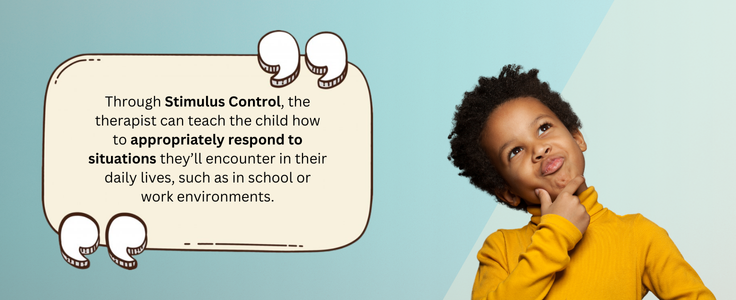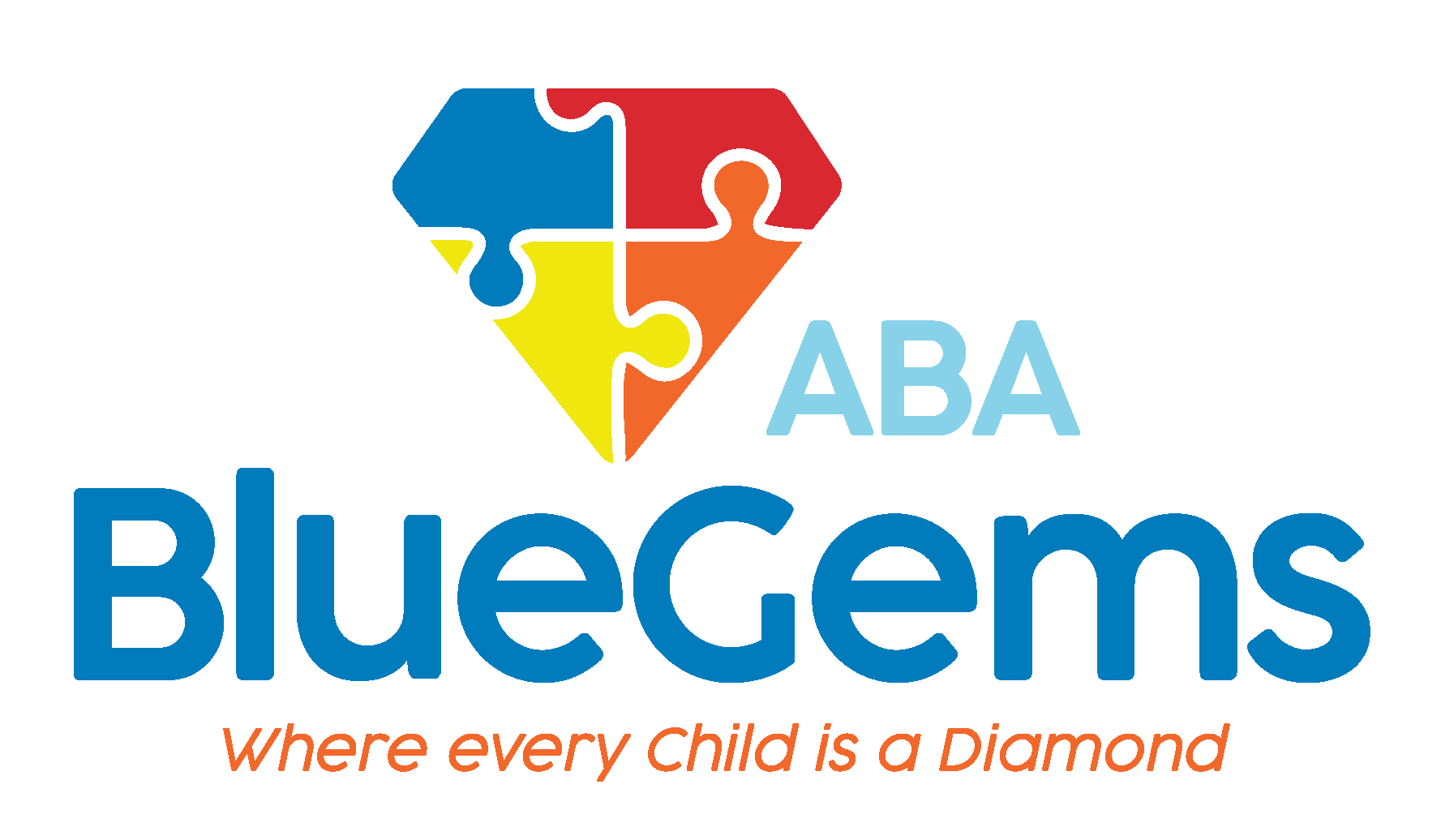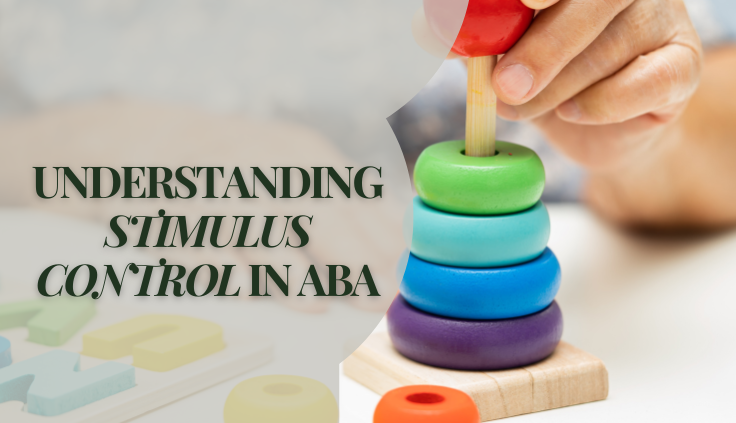Understanding Stimulus Control in ABA
Applied behavior analysis (ABA therapy) is a science- and evidence-based approach to learning and behavior that helps children overcome challenges they face with communication, social interactions, restrictive interests and/or repetitive behaviors. Working with children with autism spectrum disorder (ASD), ABA therapists can help patients modify certain behaviors to get better outcomes.
While ABA therapy is a very flexible and customizable treatment plan, there are many core principles that apply to all patients and all situations. One of these principles is called Stimulus Control.
Following the concept of Stimulus Control, ABA therapists can better understand the relationship between certain antecedents (or stimuli) and behaviors that children exhibit as a result. Then, they can intervene to teach children new skills and modify their behaviors should the response to certain stimuli be harmful or not helpful to the child.
Stimulus Control is at the heart of ABA therapy, as it is essentially used in all aspects of the treatment plan. Let’s dive deeper into what it is and how it works.
Table Of Contents
What is Stimulus Control?
Stimulus Control isn’t a term that’s relegated to just the world of ABA therapy. In fact, it’s actually a type of behavior that everyone exhibits.
Generally speaking, Stimulus Control happens when a response becomes altered when a specific antecedent stimuli happens1. For instance, when a driver sees a stop sign (an antecedent stimuli), they push the brakes and stop the car.
Without that antecedent stimuli, the driver would keep on driving. But, once they see that stop sign, they move their foot to the brake pedal.
There are many other examples of Stimulus Control behaviors in the environment, but they are all taught to us at some point in our lives. In other words, before we even learn to drive, we are taught the meaning of a stop sign. Then, when we start driving, we recall that teaching and push the brakes when we see a stop sign.
Therapists use this concept of Stimulus Control to help children with autism modify certain behaviors. This is done through in-depth systematic teaching as well as reinforcement of the skills that are being taught.
Over time, the children learn how they can identify different stimuli they are presented with, and then respond accordingly in an appropriate manner, as the therapist has taught them. By doing this, children are better able to display appropriate behaviors instead of harmful or disruptive ones when certain stimuli are present.
What Role Does Stimulus Control Have in ABA Therapy?
As mentioned, Stimulus Control is at the heart of ABA therapy. Following the concept is vital to create long-term change to behaviors.
Not only does it help individuals learn new skills and responses to certain stimuli, it also helps them generalize these behaviors and skills across multiple scenarios and settings. This helps the children learn to live more independently and naturally.
This is so important because children won’t always have an ABA therapist present to help guide them in every interaction in their life. Through Stimulus Control, the therapist can teach the child how to appropriately respond to situations they’ll encounter in their daily lives, such as in school or work environments.

Stimulus Control can be seen as a sustainable approach to behavior change, as it looks to enact change that doesn’t just happen once, but is a skill that the child learns and applies throughout their lives.
How Does Stimulus Control Work in ABA Therapy?
There are three steps that ABA therapists use as part of Stimulus Control. They are…
- Discrimination training: This process teaches children how they should respond to certain stimuli while at the same time discriminating against stimuli that’s either inappropriate or irrelevant. Therapists will reinforce what the right response is when the discriminative stimulus is present and withhold that reinforcement when other stimuli are present.
- Generalization: This process involves helping children demonstrate the behaviors they’ve learned in a specific therapy setting to other settings or with different people. Generalization is key to ensuring long-term results of new skills or changes in behavior.
- Maintenance: This process will help to solidify the change in behavior, even after it’s been generalized, and will prevent regression. Therapists help children maintain the skills they learn through many different strategies such as periodic retraining and intermittent reinforcement.
Blue Gems ABA Supports Children on the Autism Spectrum
Stimulus Control is a key component of ABA therapy, as it’s used to help children modify their behaviors in the presence of certain stimuli. It doesn’t just teach new one-time skills, though; it also promotes the long-term ability to exhibit new helpful behaviors and generalize those behaviors to multiple scenarios and with many different people.
At Blue Gems ABA, we are dedicated to supporting children with autism. We do so by crafting personalized ABA therapy treatment plans that help children with ASD build the social, communication and daily life skills with which they typically struggle.
To learn more, please contact us today.




